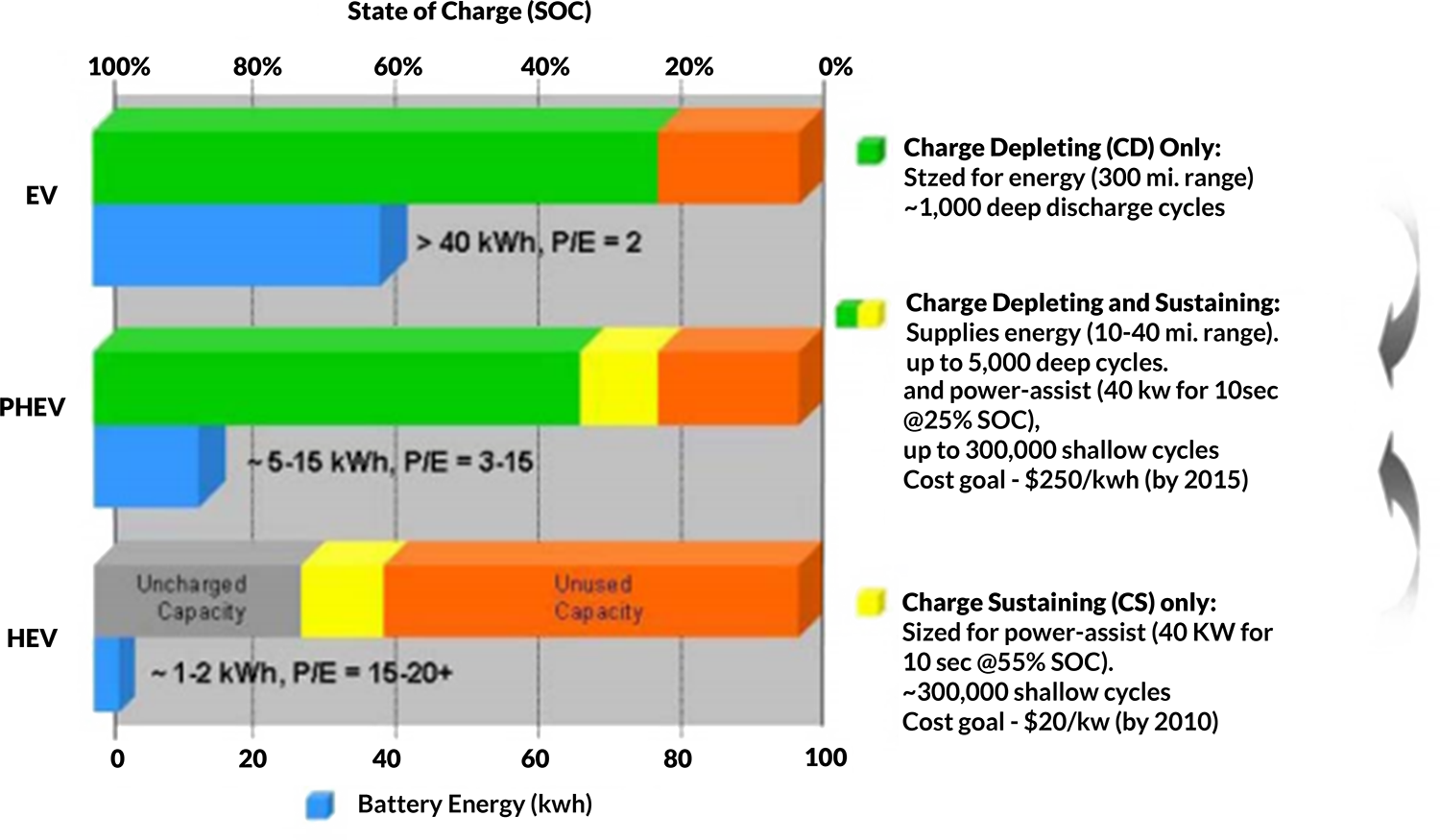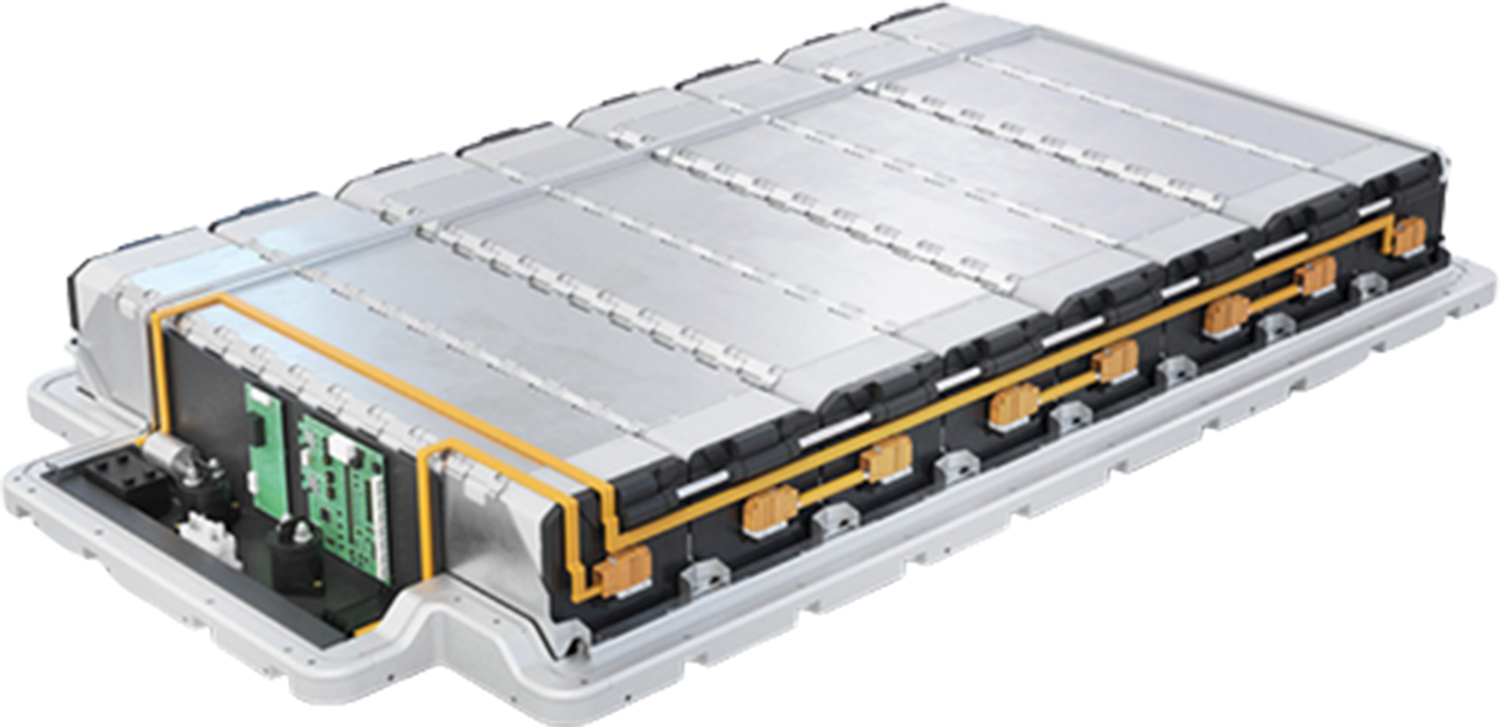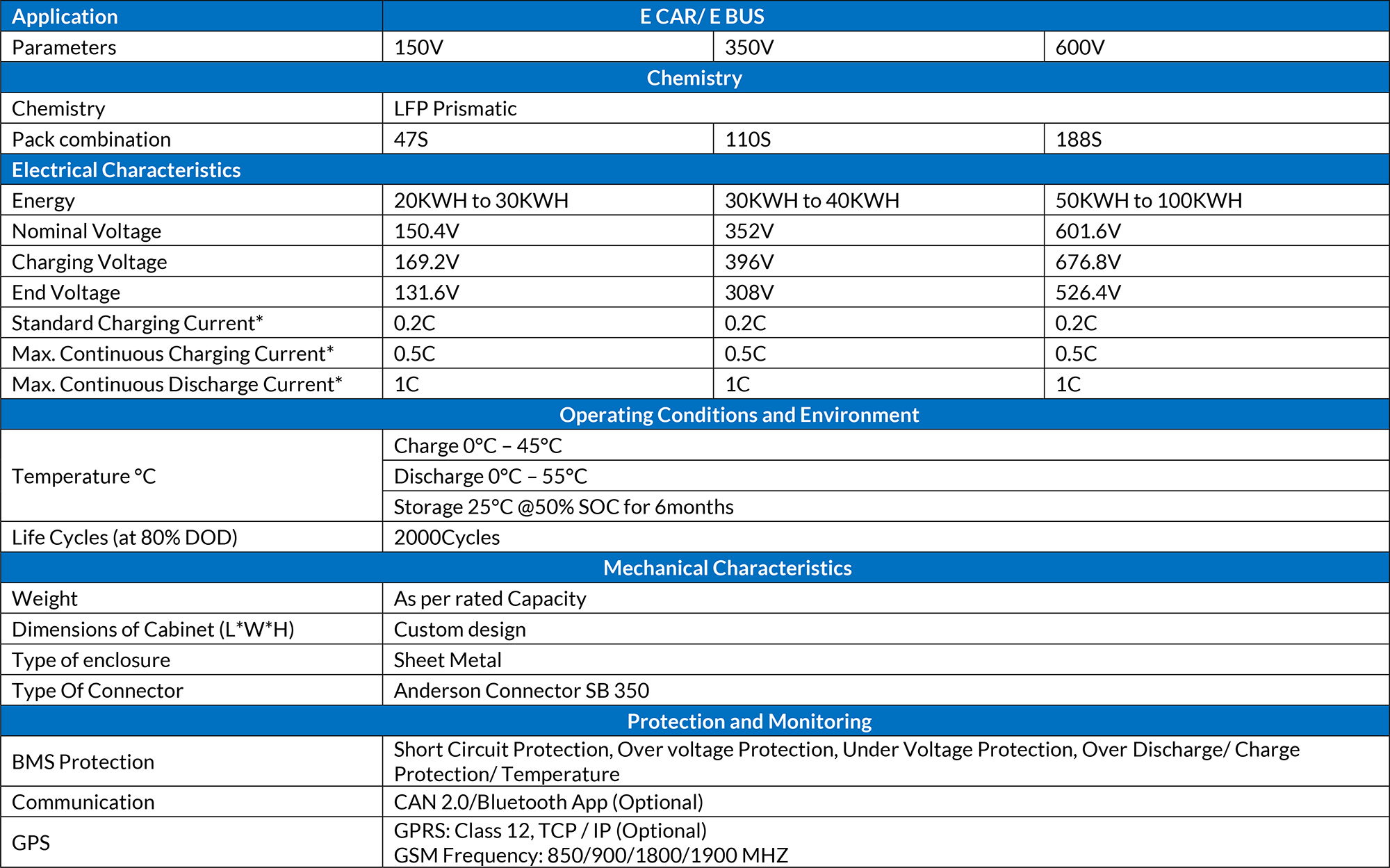Four-Wheel Battery Packs (E-CAR/E-BUS)
Lithium-ion (lithium-ion) batteries are projected to become the most popular battery for plug-in and full-battery electric vehicles (PHEVs and BEVs). While other types of batteries, including lead-acid and nickel-metal hydride (in the first generation of the Toyota Prius hybrid) will continue to retain considerable market share in the short term, lithium-ion batteries are expected to dominate the market. Compared with other relevant battery types, lithium-ion batteries have the highest power density. Their cost is rapidly decreasing.
It is important that battery manufacturing takes place near auto manufacturing. Beyond the difficulties of customs, transportation, shipping regulations and high shipping costs of heavy items, battery and electric vehicle manufacturing are inherently connected due to sharing in R&D and manufacturing facilities.
Technology basics
Battery performance requirements depend on the vehicle application. Two important factors determine battery performance: energy, which can be thought of as driving range, and power, which can be thought of as acceleration. The power-to-energy (P/E) ratio shows how much power per unit of energy is required for the application. Figure 1 shows how deeply batteries are charged (state of charge) when they are used in different applications.
HEVs : Most HEVs use batteries to store energy captured during braking and use this energy to boost a vehicle’s acceleration. The battery in an HEV is required to store only a small amount of energy, since it is recharged frequently during driving. Batteries for HEVs have a “shallow cycle,”—which means they do not fully charge—and they are designed for a 300,000-cycle lifetime. Because of these cycle characteristics, HEV batteries need more power than energy, resulting in high P/E values ranging from 15 to 20. The battery capacity is relatively small, just 1-2 kilowatt-hours (kWh).
PHEVs : PHEVs are hybrid vehicles with large-capacity batteries that can be charged from the electric grid. With their larger battery capacity, 5 to 15 kWh, PHEVs use only their electric motor and stored battery power to travel for short distances, meaning that PHEVs do not consume any liquid fossil fuels for short trips if the batteries are fully charged. After battery-stored energy is depleted, the battery works as an HEV battery for power assisting. Thus, a PHEV battery needs both energy and power performance, resulting in a medium P/E range of 3-15. In other words, PHEV batteries require both shallow cycle durability—similar to HEVs— and deep cycle durability.
EVs : EVs only use an electric motor powered by batteries to power the vehicle. Batteries for EVs need more energy capacity because of longer driving ranges, so EVs have the lowest P/E factor. The battery gets fully charged and discharged (deep cycles) and requires 1,000-cycle durability. The battery size of EVs is larger than that for PHEVs or HEVs. For example, the Nissan Leaf has a 24-kWh capacity.

Benefits and Features- LiFePO4
- High Service Life: 2000 Cycles
- Ultra safe Lithium Iron Phosphate chemistry (no thermal run-away. no fire or explosion risks)
- Embedded BMS (Battery Management System): improve AND secure the battery
- No Lead, no rare earths, no acid, no degassing
- Calendar life > 10 years
- Excellent temperature robustness (-20 °C up to +60 °C)
- RANGE: 150V to 600V
- Constant power during discharge (very low internal resistance)
- Very low Peukert’s losses (energy efficiency >98%)
- Very low self discharge (<3 % per month)
- About 50 % lighter and 40% smaller Certification: BIS
- AIS 048 Complied
Benefits and Features- BMS
- Built–in automatic protection for over‐charge, over discharge, short circuit, temperature.
- Active balancing.
- Active Temperature cooling
- CAN communication output for monitoring (Optional).
- Bluetooth connectivity (optional).
- GPS tracking and Control (Optional).

Technical Specification
